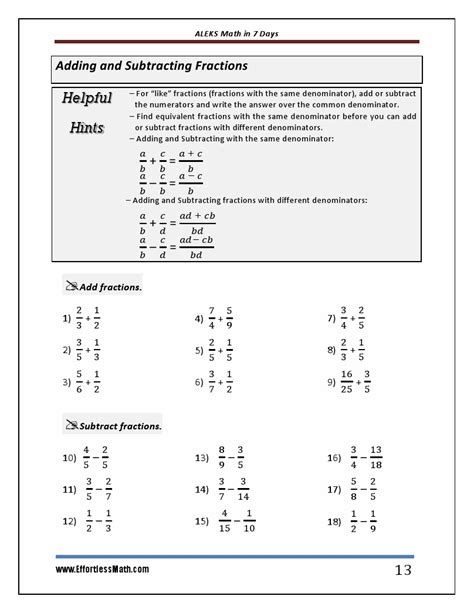Math placement exams are a crucial step for students entering Texas Tech University, as they determine the starting point for their mathematics coursework. The Texas Tech Math Placement Exam is designed to assess a student's readiness for college-level mathematics, and its results can significantly impact their academic journey. In this article, we will provide a comprehensive guide to help students prepare for and ace the Texas Tech Math Placement Exam in 5 steps.
Understanding the Texas Tech Math Placement Exam
The Texas Tech Math Placement Exam is a computer-based test that evaluates a student's mathematical skills in areas such as algebra, geometry, trigonometry, and calculus. The exam consists of 30 multiple-choice questions, and students have 60 minutes to complete it. The results of the exam will determine the student's placement in mathematics courses, ranging from developmental math to advanced calculus.
Step 1: Review the Exam Format and Content
To prepare for the Texas Tech Math Placement Exam, it is essential to understand the exam format and content. The exam is divided into three main sections: algebra, geometry, and trigonometry/calculus. Each section assesses a student's ability to apply mathematical concepts to solve problems. Reviewing the exam format and content will help students focus their preparation on the most critical areas.

Step 2: Brush Up on Math Fundamentals
A strong foundation in math fundamentals is crucial for success on the Texas Tech Math Placement Exam. Students should review key concepts in algebra, geometry, and trigonometry, including:
- Algebra: equations, functions, graphing, and systems of equations
- Geometry: points, lines, angles, and planes
- Trigonometry: triangles, identities, and functions
Students can use online resources, such as Khan Academy or Mathway, to review these concepts and practice solving problems.
Step 3: Practice with Sample Questions
Practicing with sample questions is an effective way to prepare for the Texas Tech Math Placement Exam. Students can find sample questions online or in study guides specifically designed for the exam. Practicing with sample questions will help students:
- Familiarize themselves with the exam format and question types
- Identify areas where they need improvement
- Develop problem-solving strategies and time management skills

Step 4: Use Online Resources and Study Guides
In addition to practicing with sample questions, students can use online resources and study guides to prepare for the Texas Tech Math Placement Exam. Some recommended resources include:
- Texas Tech University's Math Placement Exam study guide
- Khan Academy's math placement exam prep course
- Mathway's math placement exam practice questions
These resources provide comprehensive review materials, practice questions, and test-taking strategies to help students prepare for the exam.
Step 5: Take a Practice Test
Taking a practice test is an essential step in preparing for the Texas Tech Math Placement Exam. A practice test will help students:
- Assess their knowledge and identify areas for improvement
- Develop test-taking strategies and time management skills
- Build confidence and reduce anxiety on the actual test day
Students can find practice tests online or in study guides specifically designed for the exam.






By following these 5 steps, students can effectively prepare for the Texas Tech Math Placement Exam and achieve a strong score. Remember, preparation is key to success on this exam. Stay focused, motivated, and committed to your studies, and you will be well on your way to acing the Texas Tech Math Placement Exam.
FAQs
What is the format of the Texas Tech Math Placement Exam?
+The Texas Tech Math Placement Exam is a computer-based test that consists of 30 multiple-choice questions, and students have 60 minutes to complete it.
What topics are covered on the Texas Tech Math Placement Exam?
+The exam covers topics in algebra, geometry, and trigonometry/calculus.
How can I prepare for the Texas Tech Math Placement Exam?
+Students can prepare for the exam by reviewing math fundamentals, practicing with sample questions, using online resources and study guides, and taking a practice test.
